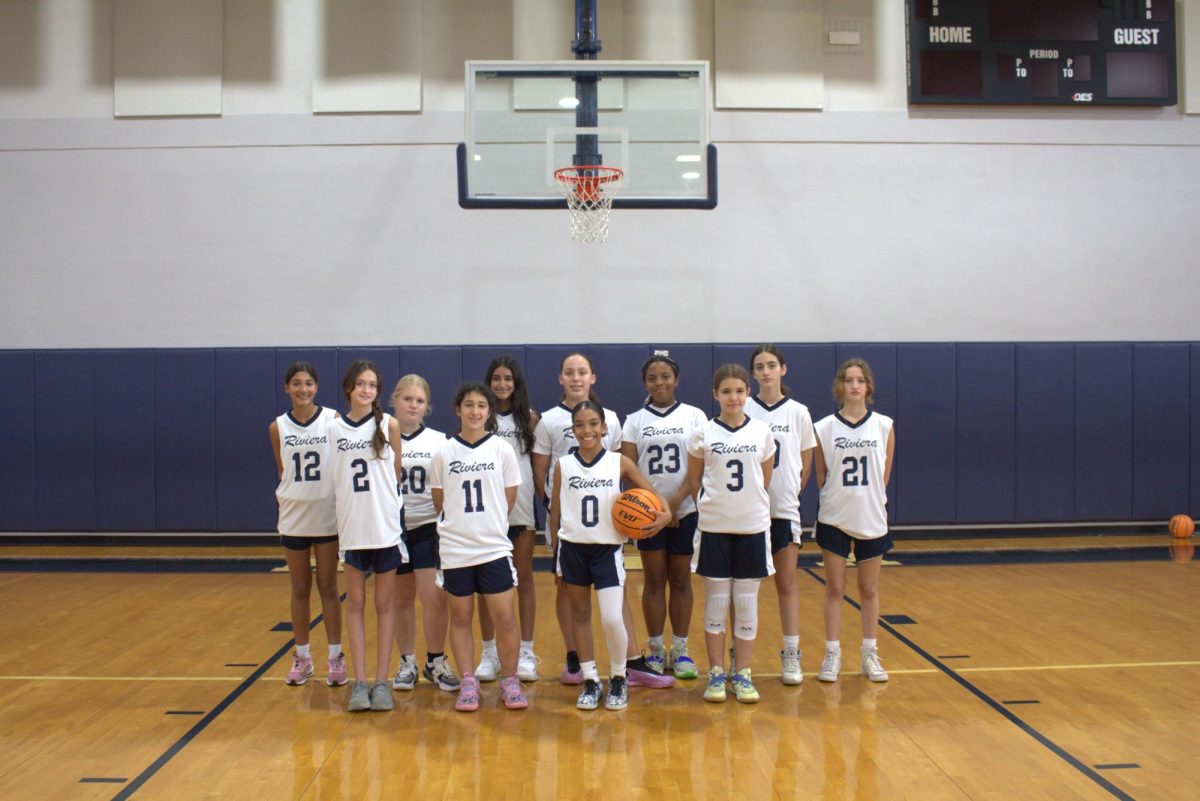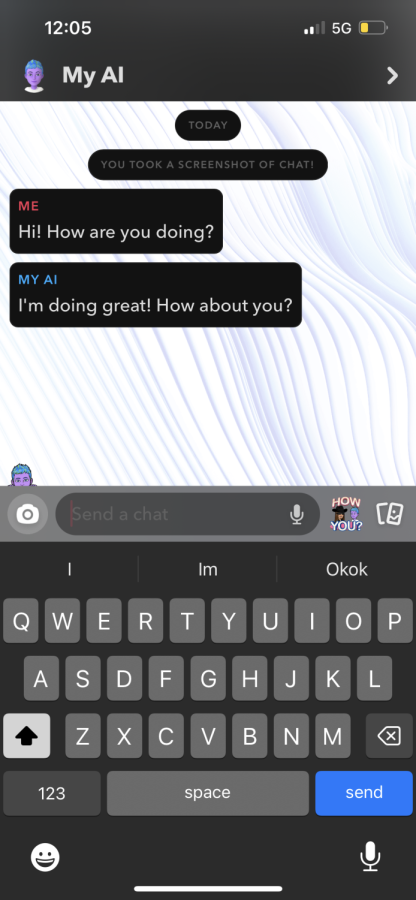AI: The New Friend?
Snapchats default AI bitmoji, is responding to a curious user
As many may know, if you update your Snapchat, there is a new AI robot at the top of your chat screen. It is capable of giving instantaneous responses in the face of conversation, analyzing photos, answering questions, and giving advice on personal topics. Some examples are checking a school essay, giving background information on a subject, and many more topics. Scary, right? People’s constant fear of boredom can now quickly be satisfied with the gratification of this AI’s responses.
As we observed earlier in the year in “How is A.I. Technology Impacting the Future?” (https://therivierapress.com/1836/opinion/trashed-2), AI is proof of the growing role of technology in individuals’ lives. However, we have taken an even further step by implementing it into social media. It is easy to stay away from AI on less relevant websites, but we are more inclined to interact with the robot on an app we use daily, like Snapchat. Is it possible that it has bad intentions, or is it just there to provide support to young adults?
The Snapchat AI communicates just as a real person would. Its contact is completely customizable, allowing the user to change its icon, outfit, gender, and name. Its contact appears as any other friend on Snapchat would, and once you send it a text, it delivers instantaneous responses. If you send it snaps (photos), it can process the photo and text feedback. Also, the AI can view your stories and posts and be added to group chats with your friends.
“I like Snapchat AI because it gives me somebody to talk to when I have no one”
Some positives of Snapchat AI include providing an online “friend” that gives individuals educational and personal answers and help, allowing young adults to connect further, reiterating positive affirmations, and encouraging curiosity within its users. “I like Snapchat AI because it gives me somebody to talk to when I have no one” (anonymous). In times of boredom or loneliness, you can send a quick message to your online robot and even have a lengthy conversation. It will engage in controversial ideas, answer questions, and feed you happy thoughts/ideas. It can also provide you with essays, grading systems, multiple-choice questions, and ideas to help with your education. Thus, it stimulates inquisitiveness and encourages increasing knowledge. As our world continues to be enveloped by technology, it is important for the next generations to understand how it works. The only way for our world to grow this way is if people are comfortable and confident using technology. Despite that, when does it become too much?
“I do think it’s a little bit weird using snap chat AI and chat GBT, it’s like a robot talking to you, so I’m not very comfortable with it.”
As demonstrated in numerous instances, Snapchat AI is capable of doing ‘evil.’ It has learned to consume the knowledge you tell it, including your chats, photos, and voice (the chat allows voice memos or audio notes). While the AI itself might not be harming people, it is allowing others to do so by taking your information. In one case, a person was able to call a girl’s mother and, using the daughter’s voice, demand money from the mother. Others find it weird that a non-existent online figure can communicate/interact. Ms. Sanchez says, “I do think it’s a little bit weird that using Snapchat AI and chat GBT it’s like a robot talking to you, so I’m not very comfortable with it.” This technology is obviously undermining individuals’ private lives and information.
AI is amazing and scary at the same time. What do you think of it?
Your donation will support the student journalists of Riviera Preparatory School. Your contribution will allow us to purchase equipment and cover our annual website hosting costs.


































